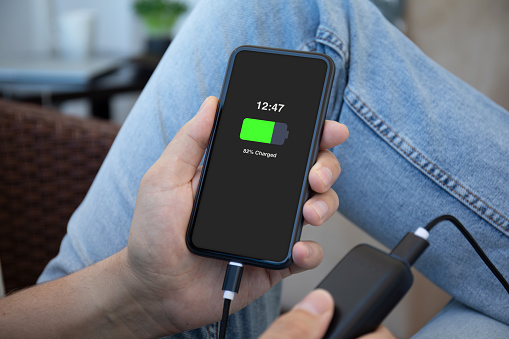More About Bluesky Hashtag Integration
What plans do Bluesky have towards the use of hashtags on its platform? How does Bluesky wants to stand out from other social media platforms when it comes to hashtags integration? Read on to discover the rationale behind Bluesky hashtags and proposals.
Recently, Bluesky releases its proposal for Hashtags integration into the social media platform, so I thought it wise to share it with all the Bluesky users here, and would also be appreciating your feedbacks via the comments section. Without any further ado, here's a summary of what I captured from the long written proposal for Hashtags integration on the decentralized social media platform - Bluesky.
The article discussed a proposal for implementing hashtags on Bluesky. The author started by explaining that social microblogging, where people share short posts, can be both about connecting with others and engaging with specific interests. However, sometimes people's interests diverge, and when someone shares multiple topics, it can lead to followers losing interest and unfollowing them.
The author highlighted the importance of being able to speak about multiple topics without annoying or alienating followers. They also mention the significance of discovery, as users want to find and connect with others who share their interests.
The text then addressed the problems with hashtags on previous microblogging platforms.
According to Bluesky, the first problem is that hashtags are often misused by spam accounts, making it difficult to find relevant content. The second problem is that hashtags without spaces can be challenging for screen readers and are not easy to read in general. The third problem is that hashtags have not effectively addressed the issue of sharing multiple interests.
To address these problems, the author proposes several improvements. The first proposal is to visually separate hashtags from post content, similar to how Tumblr does it. This can make posts easier to read while still allowing hashtags to function as clickable links.
The second proposal suggests allowing spaces in hashtags to improve accessibility. This can be achieved by using underscores (_) to indicate spaces, which the platform would convert to actual spaces before uploading.
The third proposal focuses on improving the search results when clicking on a hashtag. This can be done by curating the content provided through custom feeds, user-selected search engines, or user-list communities.
The fourth proposal suggests adding the ability to mute specific words and hashtags, giving users control over the content they see in their feeds. It should be fast and easy to opt out of content that users don't want to see.
The fifth proposal introduces the concept of opt-in hashtags, where users can create posts and specify that only people interested in a particular hashtag should see it by default. However, this idea comes with challenges, such as indicating the desired audience for a post and how users can opt into specific tags.
In summary, the author believes that hashtags, if made more accessible and consistently useful, can provide significant value to the Bluesky network. The proposals aim to address the limitations of previous hashtag implementations and improve the overall user experience.




.jpg)
.gif)


.jpg)



